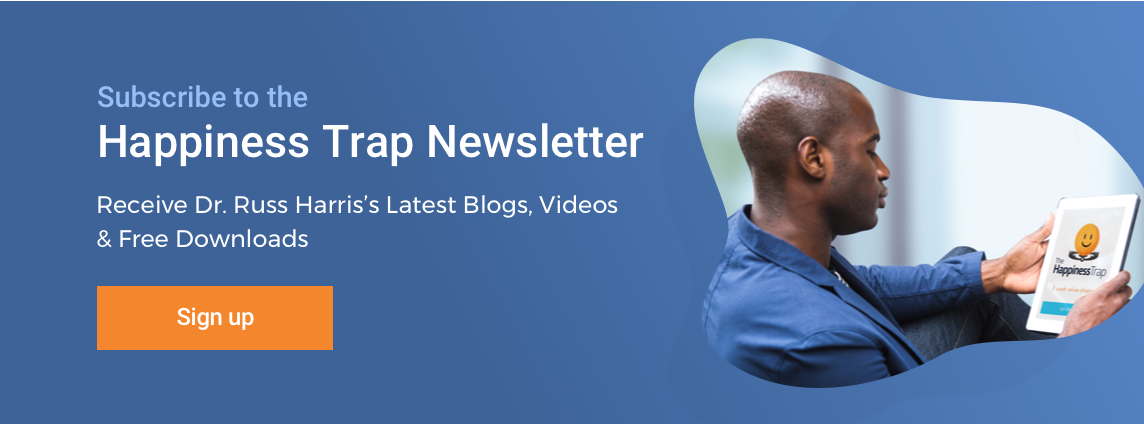In part 1 we explored some of the problems with our very natural tendency to want to ‘be right’. Let’s now have a look at what we can do about this.
If we want to change any self-defeating behaviour, a great first step is to increase self-awareness. We want to notice when and where we are clinging to ‘I’m right’, and notice what effects that has on our behaviour – usually it leads us to speak in ways that are unkind, harsh, judgmental, critical, arrogant, egotistical, or aggressive.
And we also need to notice what effects it has on our relationships. Not surprisingly, it almost always makes them worse because no one likes to be spoken to in such a manner. And we need to keep in the back of our mind this question: ‘Would I prefer to be right or to be kind?’
If we wish to build healthy relationships with other people, where they feel cared for, respected, and well-treated, then the answer is obvious.
Being kind trumps being right. Even if we are right, and the other person is wrong, it is rarely helpful to point it out. And on those rare occasions where it is useful to point it out, it is so much better to do so with kindness, caring and respect, than with arrogance, condescension, or righteousness. After all, when you screw up or do something wrong, how would you prefer to be spoken to?
So, how can you tell if you’re too caught up in ‘being right’? Well, indicators may include: A lot of judging and criticising others, feeling superior or looking down on others, intolerance, condescension, smugness, refusing to back down, apologise, or admit that you made a mistake, continuing arguments on and on, long after they have become pointless, justifying your position continually (either to others or inside your own head), or loved ones saying things to you like, “Okay. You’re right and I’m wrong, yet again!”
So, if you think this issue applies to you (and I suspect it applies to some extent to almost everyone – it’s certainly something I struggle with!) then as soon as you realise you’ve been hooked by the ‘I’m right’ story – pause.
Pause and take a long breath. Then silently label what is happening inside your head: “Aha! Here I am trying to be right!” or “Aha! Here’s the ‘I’m right’ story again.” Or more simply just label it, ‘Being Right’.
Then pause a bit more and remember the question: ‘Would I prefer to be right or be kind?’ And finally, go to that kind place in our hearts and find a way to speak with warmth, kindness and respect, instead of righteousness.
Then notice what happens over time. You’re sure to see your relationships improve – and surely that’s better than being right. Right?




